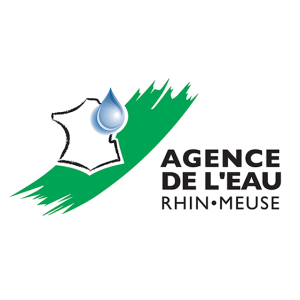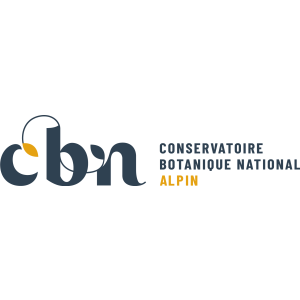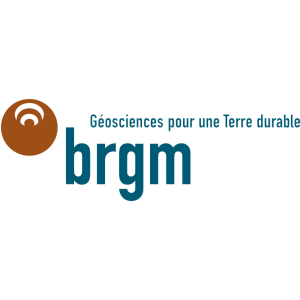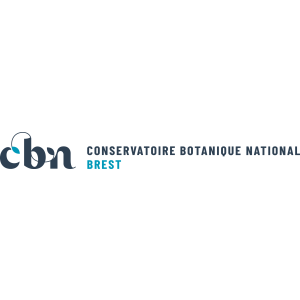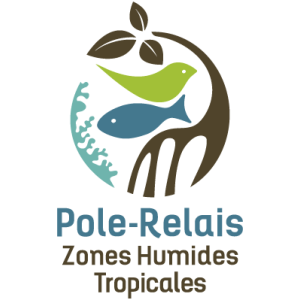
Document généré le 15/12/2025 depuis l'adresse: https://www.documentation.eauetbiodiversite.fr/fr/notice/le-rouget-barbet-de-roche-mullus-surmuletus-l-1758-en-manche-orientale-et-mer-du-nord
Titre alternatif
Producteur
Contributeur(s)
Identifiant documentaire
9-2351
Identifiant OAI
oai:archimer.ifremer.fr:2351
Auteur(s):
Mahe, Kelig,Destombe, A.,Coppin, Franck,Koubbi, P.,Vaz, Sandrine,Le Roy, Didier,Carpentier, Audrey
Mots clés
Sig
North sea
English channel
Population dynamic data
Habitat
Spatial repartition
Biology
Mullus surmuletus
Date de publication
01/01/2005
Date de création
Date de modification
Date d'acceptation du document
Date de dépôt légal
Langue
fre
Thème
Type de ressource
Source
Droits de réutilisation
info:eu-repo/semantics/openAccess
Région
Département
Commune
Description
General introduction: The red mullet is among the fish that are the most popular and that have been known of for the longest amount of time. The Greeks and the Romans have left us in their literature famous pages in which they praise the quality and beautiful colours of their gurnards and their mulles. Also, the skin of this fish has been very popular since earliest antiquity:
It is said that for the Romans, a beautiful fish was worth more than the man who had caught it! Moreover, at feasts, a red mullet was displayed in a vase to amuse the guests with the changes of colour (Bloch, 1793).
The red rock mullet (Mullus surmuletus) is a benthic fish, which means it lives near the sea bottom. It is geographically present in the Atlantic Ocean from the coasts of Norway to the West African coasts (Whitehead et al., 1986) and in the entire Mediterranean basin.
Worldwide fishing statistics (FAO) from 1950 until today show that worldwide catches have gone from 800 tons to 14,500 tons in 50 years (Fig. 1). However, this increase has not been constant. It is mainly observed fro m1981 (2,879 tons) to 1992 (14,001 tons). Finally, since 1991, worldwide output has stabilised at between 13 and 15 thousand tons.
From 1950 to 1965, the major part of worldwide red mullet fishing was done in the Atlantic Ocean by the Spanish. Since then, the trend has reversed and the Mediterranean Sea has become the primary worldwide basin for red rock mullet catches with Libya (4,000 tons in 2003), Tunisia (1,948 tons in 2003) and Turkey (1,050 tons in 2003). For the Atlantic Ocean, French catches in 1975 (Fig. 2) were added to the catches made by the Spanish. As of that date, red mullet fishing was done on the Spanish coasts and in the Gulf of Gascony. Starting from 1990, the strong increase in catches is due mainly to France but also to other more northerly countries such as the United Kingdom and the Netherlands. That marks the beginning of red mullet exploitation in the English Channel and the North Sea.
In 1998, the trawlers of Boulogne landed 60% of the national take in red rock mullet (1,975 tons, source: Ofimer) at Boulogne sur Mer. In addition, depending on the year, 60% to 80% of French landings come from the eastern English Channel. However, this species in the Channel and North Sea has hardly been studied at all. Only some multispecific studies on the small fleets (Ulrich, 2000), some results of resource assessment campaigns (Carpentier & Coppin, 2000), and summary works (Dunn, 1999; Forest, 2001; Suquet & Ruyet, 2001) addressed this species in this geographical zone. Inversely, this species was often studied in the Mediterranean basin, and on the Atlantic coast, in particular, the Gulf of Gascony, which are older areas of exploitation than the Channel and the North Sea for red mullet.
This study was set up by fishing professionals and IFREMER scientists in a common concern for knowledge and understanding of this species in the Channel and North Sea, so as to optimise the assessment of this resource at a region, national then European level for sustainable exploitation of this fish.
This work is composed of five parts with; first of all, a summary of what is known about the red rock mullet. The second part described its biology, and in particular, its growth and its reproduction in the Channel and North Sea. Then, on the one hand, its spatial distribution is studied and on the other, its interactions with its environment, which characterises its habitat. The fifth part is a preparation and analysis of all French data on the Channel and North Sea for a stock assessment.
Accès aux documents
0
Consultations
0
Téléchargements

